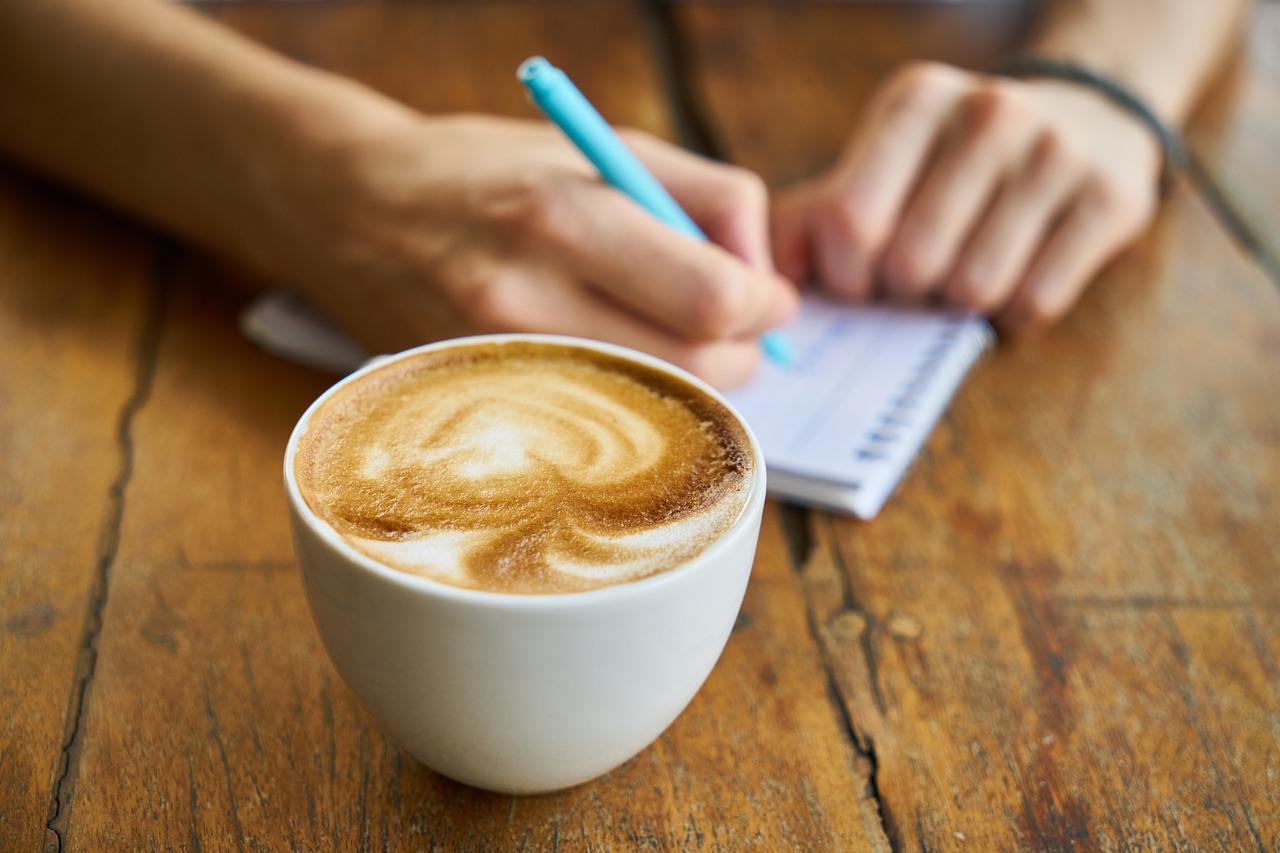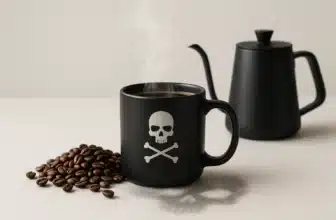
One Hundred Coffee is reader-supported, and some products displayed may earn us an affiliate commission. Details
What is meant by coffee cupping?
Coffee cupping, a crucial phase in your growth as a connoisseur coffee consumer, is the process of evaluating coffee’s hot and cold taste, flavor, and aroma.

Who is this for?
Designed for professional and enthusiast coffee tasters, Barista Hustle’s cupping bowls offer thermal insulation and stackability. Ideal for serious cuppers, roasters, or Q-graders seeking consistent temperature control and clean flavor profiles. These bowls are perfect for cupping sessions, training labs, or any precise sensory evaluation environment. Built with quality and precision.It also has multiple flavors. As it runs across your mouth, it awakens taste receptors on your tongue. As coffee cools, its flavor intensifies. Therefore, coffee drinkers point to the stimulating nature of coffee as a flavor enhancer.
The coffee undoubtedly generates a different level of flavor when it is long-brewed and allowed to cool, which explains why the second cup is frequently tastier than the first.
Personal or group coffee cupping
Small porcelain coffee cups are used in every traditional cupping procedure, though rock glasses or other suitable glassware can also be used.
If you want to cup with others, you might want to prepare different samples for each person. Rinse your spoon as you cup if you’re sharing. People who cup frequently receive a specialized cupping spoon, which is broad like a soup spoon, nearly circular, and has a snub nose.
Materials you need for coffee cupping.
For coffee cupping, you will need the following tools:

1. A hot-water kettle
2. Cupping bowls or glasses with a capacity ranging from 150-300 ml.
3. Cupping spoons
4. One spittoon per cup per person.
5. Cupping forms
A timer, a grinder, a gram scale, and a few tall cups filled with water for rinsing spoons.
The following is the most effective version of the standard cupping process.
Who is this for?
Selamica’s ceramic bowls are perfect for coffee cupping sessions or stylish small servings. Designed for professionals or home brewers who value presentation and durability, these bowls are microwave and dishwasher safe. Great for cafes, tastings, or everyday use, they blend elegance with practicality for your kitchen or coffee toolkit.How to cup a coffee ideally
First of all, you should be aware that coffee cupping is best performed in a laid-back manner. To smell and taste, one needs a head free of colds or other obstructions and taste buds without intensely competing flavors.
Perfect time for cupping
It is crucial to provide adequate time because there is no practical way to accommodate multiple samples as the coffee cools. Give yourself at least an hour to catch up on six coffees.
Instructions for a perfect coffee cupping technique

1. Set a kettle on the stove to boil after filling it with filtered, flavorful water.
2-Place a small glass on the table for each coffee sample. In the center of the setting, place a few large water glasses.
3. For each 200 ml sample, add 2 tablespoons, or 10 g, of freshly ground coffee to a rocks glass. Coffee has no place in the big water glasses.
4. After the water has boiled, turn off the stove and wait for a minute or two.
5. Fill each cup with about 200 ml of hot water. Do not disturb the ground either. Fill the tall glasses with hot water until they are two-thirds full. In these glasses, you will rinse your cupping spoons.
6. Now, five minutes should be given for the coffee to steep. Then, shatter each coffee’s crust of grounds using a big cupping spoon.
Now, put your nose as close to the sample as you can and breathe in the fragrances of the coffee as you do this. Make a note of your observations in a form in your cupping journal or a notepad.
7. Take the floating crust fragments from each sample with the spoon and throw them away.
8. Run the spoon under hot water to clean it. Slurp one sample slowly into your mouth after dipping the clean spoon into it.
9. Record the different tastes in your cupping log form. Before going on to a new sample, rinse your spoon.
10. Make an effort to taste each sample and record each flavor in your cupping log.
11. As the coffee cools, slurp again. You might be shocked by the variations in your outcomes. Coffee’s flavor can drastically alter as it cools.
12. Your coffee cupping is complete once you have inhaled and tasted each coffee while it is hot, warm, and at room temperature.
Important tips and notes for perfect cupping
The most crucial cupping rule is that all coffee samples must be handled uniformly. Each cup must have the same grind setting, amount of ground coffee, amount of water, and steeping time.
If cupping is done correctly, one may be sure that all the changes in the cups are due to the coffees themselves and not discrepancies in the cupping procedure.
The Steps of Coffee Cupping

The samples in a cupping can be viewed differently at each stage. To learn as much as you can about the coffee on the table, you must make full use of all phases.
Dry Aroma of the coffee
The smell of dry grounds can help determine whether a sample was over-roasted or if he roaster didn’t use enough airflow. Thus, the aroma of the espresso coffee may also allude to its bouquet and fruit overtones, as well as any flaws brought on by the coffee’s age, the presence of fermentation, or the inclusion of underripe cherries in the powder.
Wet coffee Aroma
Following the interaction of the water with the grounds, you can now smell coffee. Coffee releases its most fragrant compounds at the warmest temperatures because temperature and aromatic release are connected. When wetting the grounds, if the aroma is savory or vegetal, development is probably insufficient.
Taking a Hot Taste of the Coffee
Start drinking your cup of coffee right away. Loud slurping is considered a mark of pride in cupping. Aerating coffee in the mouth increases the quantity and speed of scent transport to the nose, which enhances nasal olfaction.
Coffee Taste Test While It’s Cool
Coffee is more acidic when it is hot. The greatest way to assess acidity, brightness, sweetness, balance, and many other attributes of coffee is to cup it while it’s still hot. Other features, including green coffee flaws and some roast effects, become more apparent as the coffee cools and much of the acidity fades.







